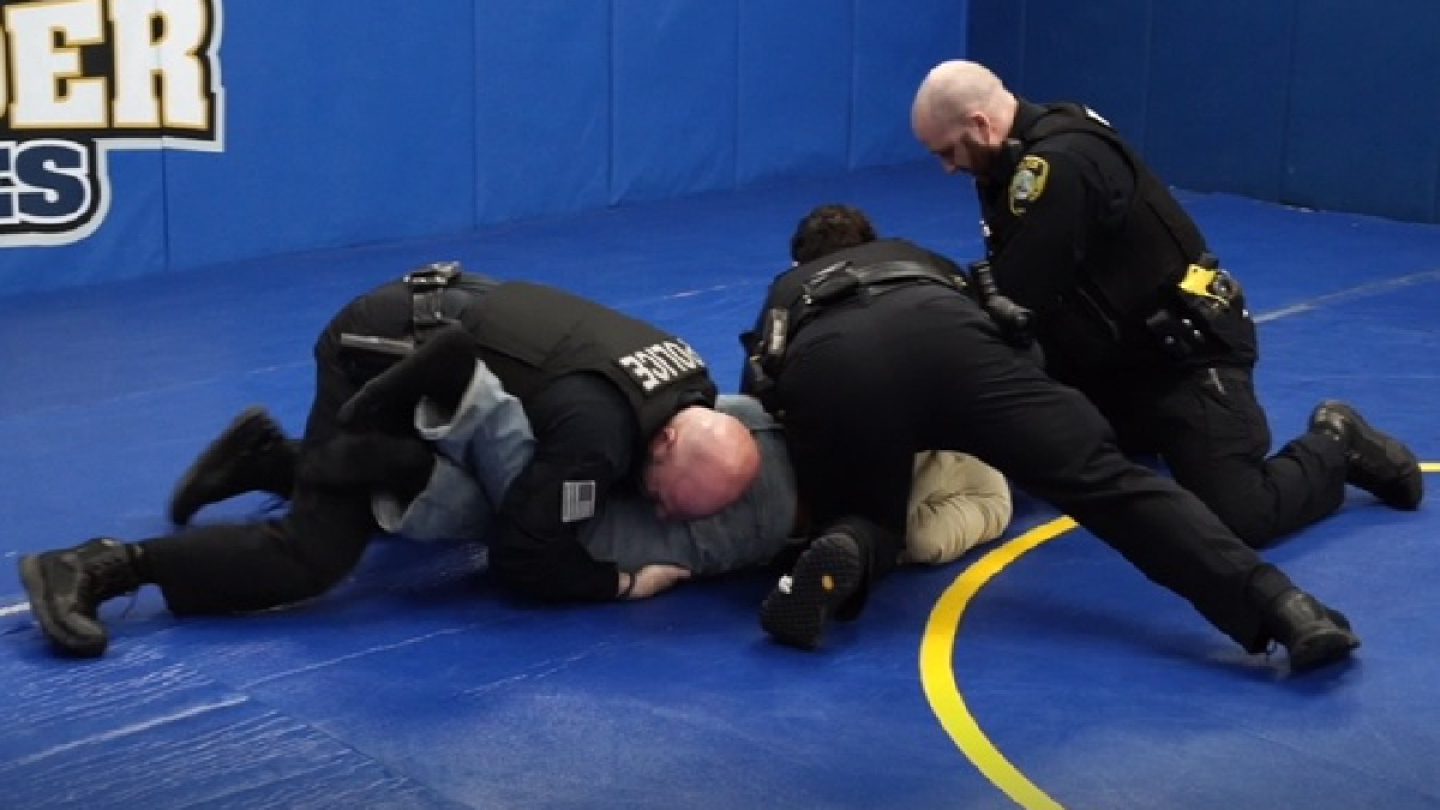EMS Training and Education
The AED’s journey from concept to modern use is a fascinating tale of medical innovation, collaboration and lifesaving success
Understand the four components of a negligent act and how to protect yourself from a negligence claim
EMS and law enforcement collaborative training helps prepare responders to treat and monitor patients experiencing a constellation of symptoms
It may not be poor brain integrity that is causing a lack of response to a sternum rub, but an inadequate length of time the sternum rub is applied
Because most EMS providers infrequently encounter sick pediatric patients, it is important to regularly refresh knowledge of anatomy, pathophysiology and life-saving treatments
Live in-person special topics workshops for first responders, family members, and first responder clinicians
Military medics at the University Medical Center benefit from the opportunities to treat serious injuries under supervision
The John Wesley Foster Act requires schools to have mandated training, AEDs and response plans
Nine new EMTs completed a 12-week paid training program launched earlier this year
Lessons learned from a fatal duck boat incident in Table Rock Lake, near Branson, Missouri
When good people get involved in high-risk, low-frequency events, you are much more likely to make a mistake; listen to learn why ongoing training is key for responders
In this episode, our co-hosts discuss EMS1 columnist Todd Bowman’s latest article focused on building confidence in new providers
The Goshen Fire Department is participating in a two-year program for high school students who want to be firefighters and EMTs
Simulation training from the Chippewa Valley Technical College helps Eau Claire firefighters improve their EMS skills
The Microsoft/CrowdStrike failure exposed glaring vulnerabilities to our systems and now serves as a critical reminder to train on contingency plans
Actionable insights for overcoming EMS workforce challenges and achieving career success
If you want to keep people around, invest in them in these three ways
The Northeastern Junior College’s ambulance was wrapped in memory of a resident who donated 10% of his estate; NJC hopes to launch its paramedic program in the fall
Students, including budding EMTs and nursing assistants, will learn higher-level patient treatment skills in the TMC Health Simulation Lab
You can never be too prepared for the NREMT
“Allowing trained EMTs and paramedics to continue doing their jobs as they proceed through the licensing process is a common-sense policy change that will have a major impact”
Review how your own community prepares for special events for these essential elements
It is our responsibility to respond, no matter what the potential hazards may be, so what is your agency training on?
Training at the Minnesota State University tested the response capabilities
The purpose of the challenge is to improve relationships between dive teams from law enforcement and fire/EMS agencies
Props and tricks can add creativity into your next airway management adventure during simulation or on the job
Creating an effective tabletop training exercise for pre-planning MCI response
Following the Trump assassination attempt, first responders are fired or suspended for their social media comments
We must consider patient evacuation, resource allocation and training ourselves and our communities in the wake of an assassination attempt on former President Trump
True empowerment in EMS comes from leaders who not only set a clear vision but also actively involve their personnel in achieving it
Signs of PACS that will help you eliminate EKG rhythms to make your diagnosis
Engage your participants in pediatric resuscitation protocols, equipment and patient assessment
Follow these steps to facilitate a successful outcome for dealing with emergencies involving kids



































